Before this year’s anniversary race, which has been postponed to September 26/27, I thought it would be nice to repeat the original race from 1970 in Automation, especially as (most likely and unfortunately) no spectators will be allowed on the campsites around the track. We’ll use the BRC race simulation for this purpose (and hopefully it will work with many cars over 24 hours…).
We’ll test a few new mechanics in the BRC simulation in this one-off challenge: multiclass racing, the class regulations, repairable breakdowns (think of getting the car towed to the pits and swapping the engine during the race) and the homologation process. If things go as planned and the simulation does not break because of too many cars, I’d like to continue this concept in a VLN/NLS-style recurring challenge.
As the race is so long and the simulation most likely will not be able to run in real-time, the broadcast of the race will be based on a stream of recorded, probably sped-up footage.
Before I open the challenge, I’d like to collect your opinions. Please let me know about your thoughts, concerns and missing/ambiguous information as well as feedback on the ruleset (particularly the minimum weight requirements) and possible exploits. Thanks in advance!
The Cars
While it is hard to find information on the regulations back in the day, it was mostly series production cars and their race-prepped cousins according to FIA Appendix J, starting in different classes depending on degree of modification and engine capacity. For the race in Automation, we’ll recreate a similar vibe by loosely sticking to Group 1, Group 2, Group 3 and Group 4 regulations according to 1970’s appendix J to the FIA International Sporting Code (even though it seems that no Group 3 and 4 cars actually started at the 24 h race in 1970). The production cars will be homologated and then can be modified for the races.
Homologation means that a minimum amount of cars must be built during 12 consecutive months depending on the group in order to get the permission to race it in the respective group. For this challenge, we’ll use the Automation demographics score to determine if a car would sell well or not.
Rules and Submission Guideline:
>> Step by step guide and technical regulations <<
Racing tires/slick tires have only been introduced to Formula 1 in 1971, so I’d say we don’t need intermediate/wet weather tire options here.
Cars can be homologated for any Group, they don’t need to be homologated in Group 1 to be modified for Group 2. They can be directly homologated for Group 2 and then modified for the race. Same applies to Group 3 and 4.
Inspiration
Group 1:
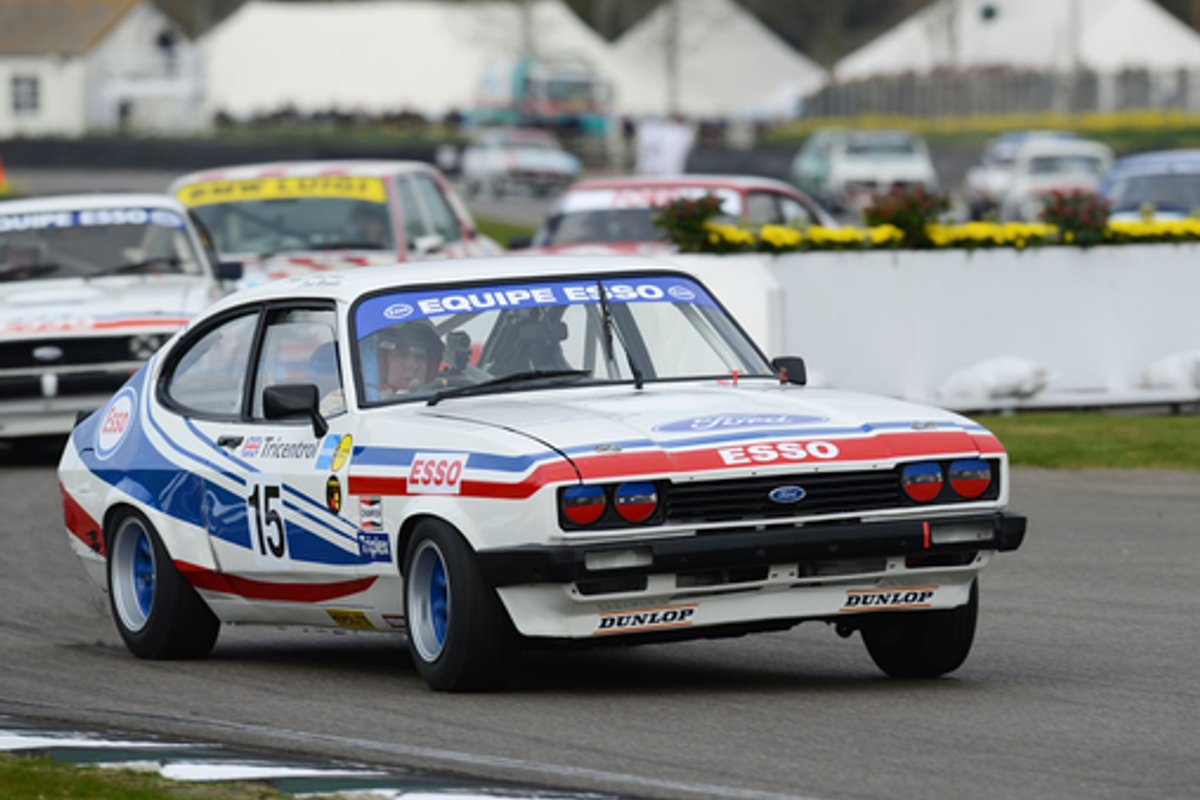

Group 2:
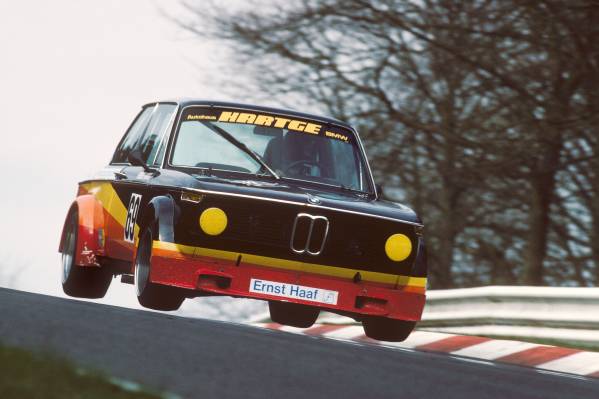

Group 3:
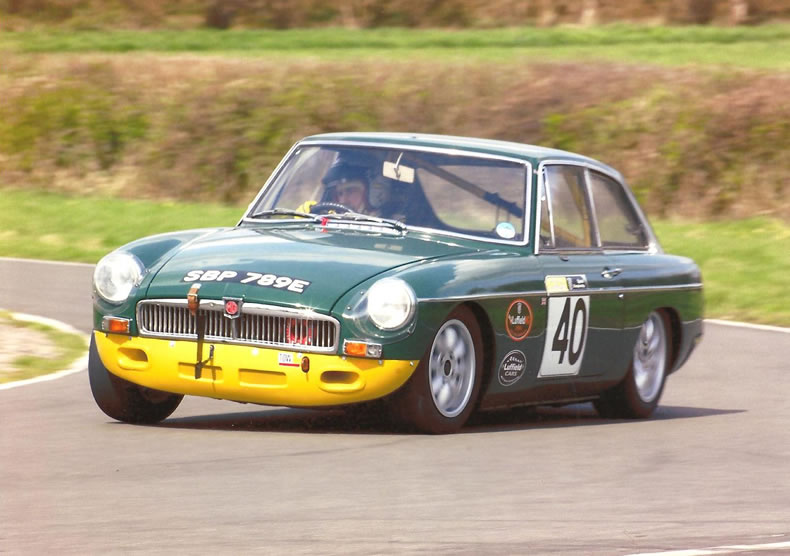
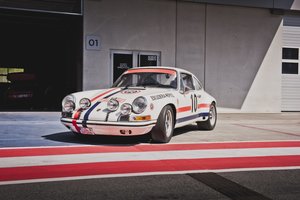
Group 4:
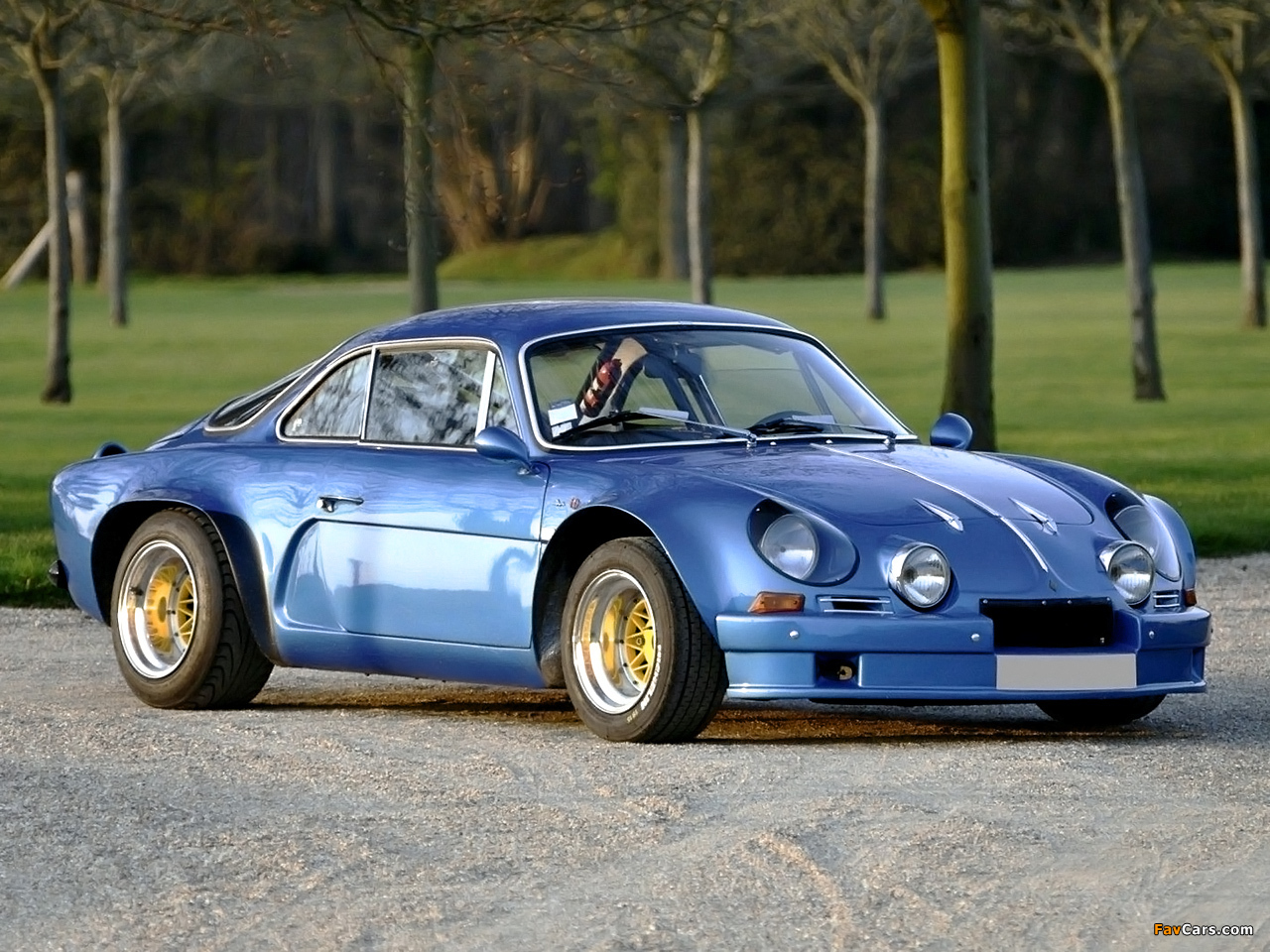
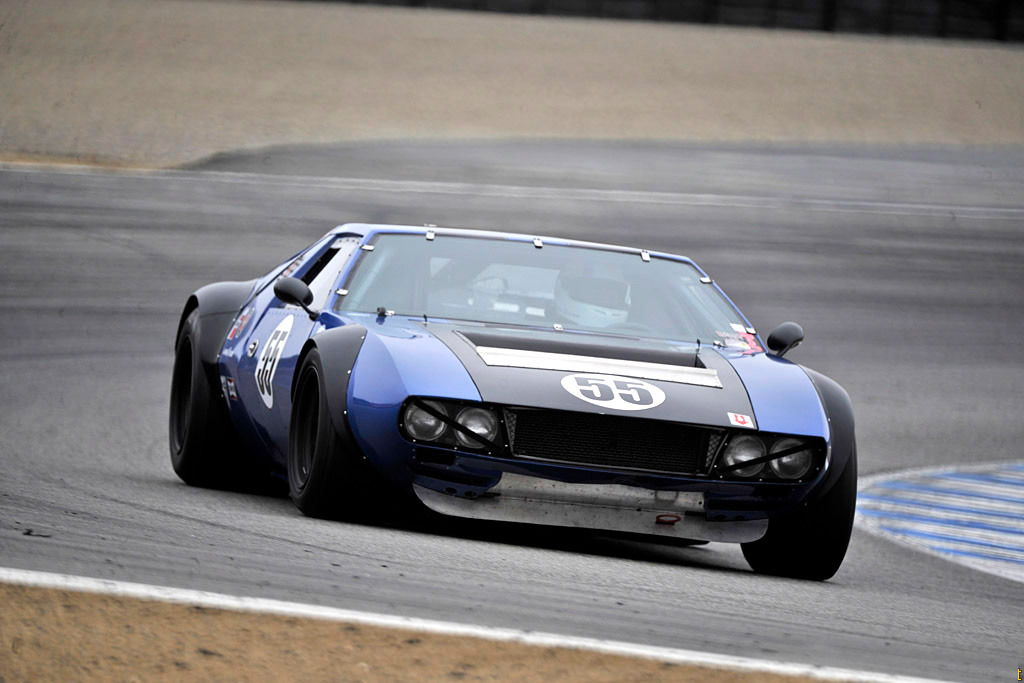
Find lists of homologated real-world cars for inspiration here:
https://historicdb.fia.com/regulations/homologation-list
Minimum weight table
Please use the formulas given in the specification of the Groups for accurate values for your specific engine capacity. This table just serves as a reference.
Banned bodies
These car bodies are banned from the competion. Reasons can be wonky/overpowered aerodynamics or just being not in the spirit of the challenge. I did not ban every truck/people mover/… body, as those should be a bad enough choice anyway.
The list may be extended, as new issues may be discovered and new mods may appear on the workshop.
- Carabo

- 60s Mid LM
- 60s Mid LM large
- LMP 70s
- Tram
- BMW E3 2.4m
- Enfield 1b
- Peel
- Enfield 1
- 60s Despot
- Pullman
The Track
We’ll race, as in 1970, on the Nordschleife in conjunction with the old Start-und-Ziel-Schleife (“Betonschleife”) - so overall on a track length of 22.835 km. Track download here:
The Race
The BRC simulation will recreate real racing over 24 hours, including fighting for position, tire wear, fuel consumption, pit stops, driver errors, mechanical damage and repairs.
Race strategy
- choose how long a car should go between tire changes. Tire changes will take 120 +/- 10 seconds.
- refuelling can be faster than changing tires (1 kg/second refill rate) - you might want to keep them on for longer than one stint - depending on your car. Refuelling will happen in parallel to tire changes.
- driver swaps: drivers will swap after they have done a stint longer than 2 hours, recovering between their stints. Driver swaps will take 30 seconds and will be done in parallel to other work on the car (refuelling, tires)
- if a car breaks down, it will be brought back to the pits (which will take time) and tried to be repaired (which will take even more time) and sent back into the race again - except for really major damage or failures.
Influence factors on driver errors
- ratio between TrackTameness and TrackSportiness (to be found in Lua Table Explorer in-game: hit F9, choose → Lua → Table Explorer → Lua Car → CarInfo → TrimInfo → Results → Sportiness or Tameness)
- randomness
Influence factors on car part reliability
- trim reliability
- for brakes: brake fade
- randomness
Influence factors on engine reliability
- engine reliability
- cooling slider (more info soon)
- randomness
Influence factors on tire wear
- tire compound
- camber
- actual possible wheelspin at current speed (not the %-number from Automation)
- driver errors
Influence factors on brake wear
- pad type slider
- brake fade
Influence factors on repair times
- engine
- engine service cost
- engine bay fill factor
- randomness
- gearbox
- engine bay fill factor
- number of gears
- brakes
- randomness
- body
- damage severity
- randomness
- suspension
- chassis tab: suspension complexity = engineering time for front/rear suspension
- damage severity
- randomness
The reward
Fame and honours! There will be 18 winners - one in each class. And one of them will be the overall winner of the 1st Automation BRC 24h on the Nürburgring.
Entering the Challenge
Basic rules:
- one single entry per player (consisting of a homologation car (not going into the race) and a race-prepped car (going into the race)
- no multi-accounting
- no cheating
>> Step by step guide and technical regulations <<
Please send the production version of the car, meeting the target group’s requirements including at least one demographic score, for homologation first. This car will not go into the race.
- Car model naming convention: 24h70 - <your user name>
- Car trim naming convention: H - <your car name>
After you have received the homologation confirmation (including the information about the homologated group) from me, you can send in your race version as a new trim of the homologation model. This car will go into the race.
- Car model naming convention: 24h70 - <your user name> (same as homologation version)
- Car trim naming convention: R - <your car name>
- The homologation confirmations can be found here: >> Homologation List <<
- Choose your car number here if you haven’t done so yet: >> Google Spreadsheet <<
I will send each player practice results in a PM after I get the race car (no revisions - first PM I get is the car going into the race) - lap times while using fuel and tires - which you need to use to determine your race strategy, which only consists of telling me:
- how many minutes per stint you want to go
- after how many stints to change tires
I will send a link to a Google Form when it is time to provide this and a bit more information about your race team.
Deadlines
Homologation Car: Monday, 7th of September 2020, 6 a.m. CEST
Race Car: Monday, 14th of September 2020, 6 a.m. CEST
Race Strategy: Wednesday, 16th of September 2020, 6 a.m. CEST
The challenge is not open yet!
Disclaimer
BRCs tend to be rather competitive challenges - however, randomness is a huge factor, as in real racing. As this is 24h race is a one-off challenge, there is the possibility that your car, on which you might have spent many hours, might retire within a few minutes from the race. Please be aware of this and save your salt for something really worth complaining about.
I do these experimental BRC forum challenges in my limited spare time and want to replicate real racing, real success stories, real tragedies. As in real racing: There will be a next race (I promise) and one day you will be more lucky.
This challenge will get the BRC simulation to its performance limits. In case something breaks and is not fixable in a reasonable amount of time, I’ll have to switch to another race format (still it will be endurance-style).















